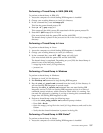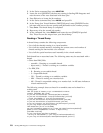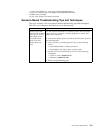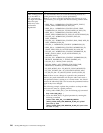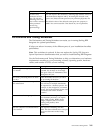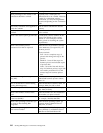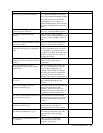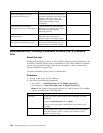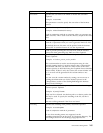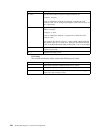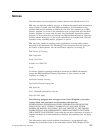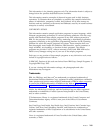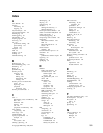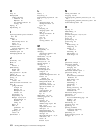
Option Description
-u username Specifies the user name from which to include the userToken.
Optional.
Example: -u username
This parameter is used to specify the user token of the business
process.
-d directory Specifies the output directory. Optional.
Example: -d absolutePath/directory
Used in conjunction with the -t parameter when you generate step
XML trace files. This is used to set the directory output of the trace
files.
-t Turns on step XML trace generation. Optional. Used in conjunction
with the -d parameter when you want to generate XML trace files.
By default, the trace file name will be prefixed with the business
process ID. To turn this feature off, use the -o parameter.
-o Used to prevent prefixing the trace file name with the business
process ID when generating step XML trace files. Optional.
-v versionNumber Specifies a specific version of the business process definition to
launch. Optional.
Example: -v business_process_version_number
The version number is not the user description string. It is the
internal running number (a positive integer) that is automatically
incremented each time you check in a new version of the same
business process (as described using the Graphical Process Modeler
and/or XML). If there is only one version, the version number will
be 1. An error will be generated if the version number is not
found.
You can view the version number by resting your mouse on, or
clicking the information icon for the business process in the
Change History section of the Sterling B2B Integrator Business
Process Source Manager.
-f inputFile Specifies a file to use as the primary document when launching the
business process. Optional.
Example: -f path/filename
Only one file is allowed. An absolute path or a relative path to the
file may be used. To specify the encoding of the file, use the -e
parameter.
An error will be generated if the file is not found.
-e encoding Specifies the encoding of the primary document. Optional.
Example: -e encodingName
Used in conjunction with the -f parameter.
To see what encoding names are supported, see the
encodings.properties file in the install_dir/properties directory. The
full listing is shown in the encodings_large.properties file.
Performance Management 245



